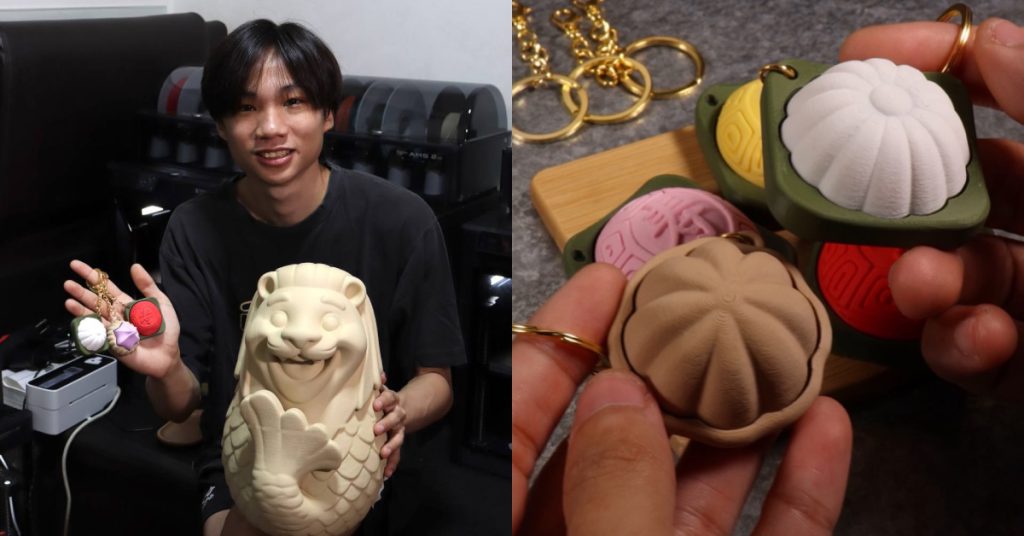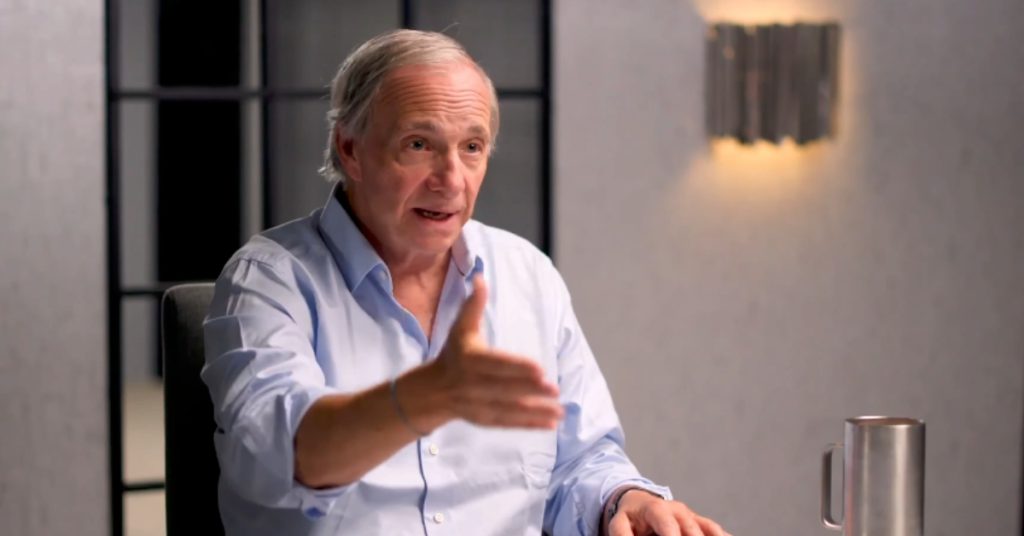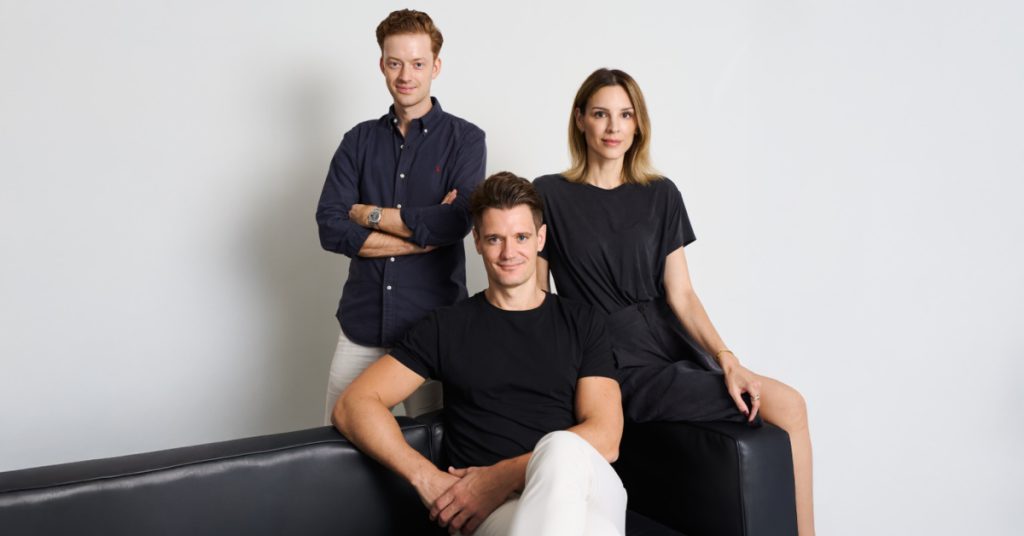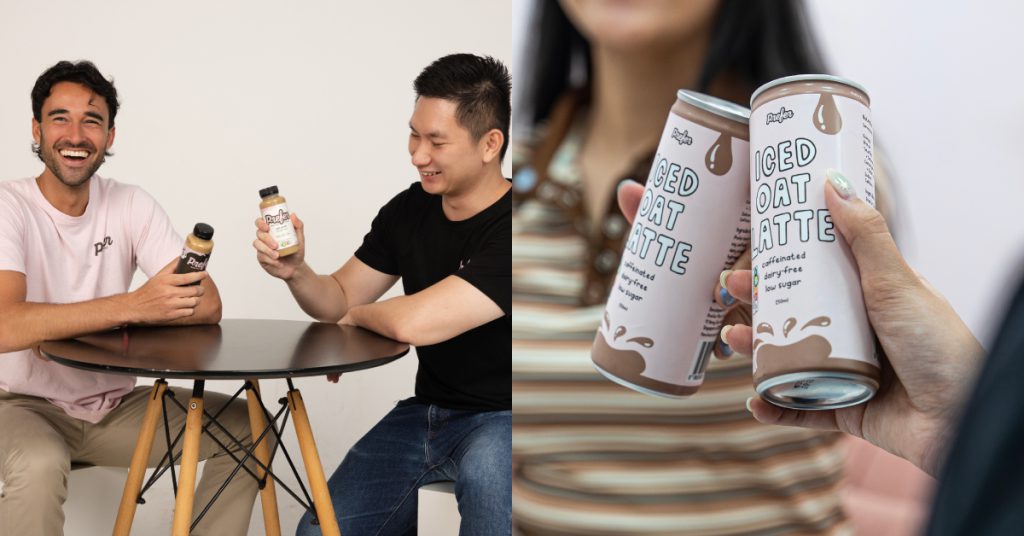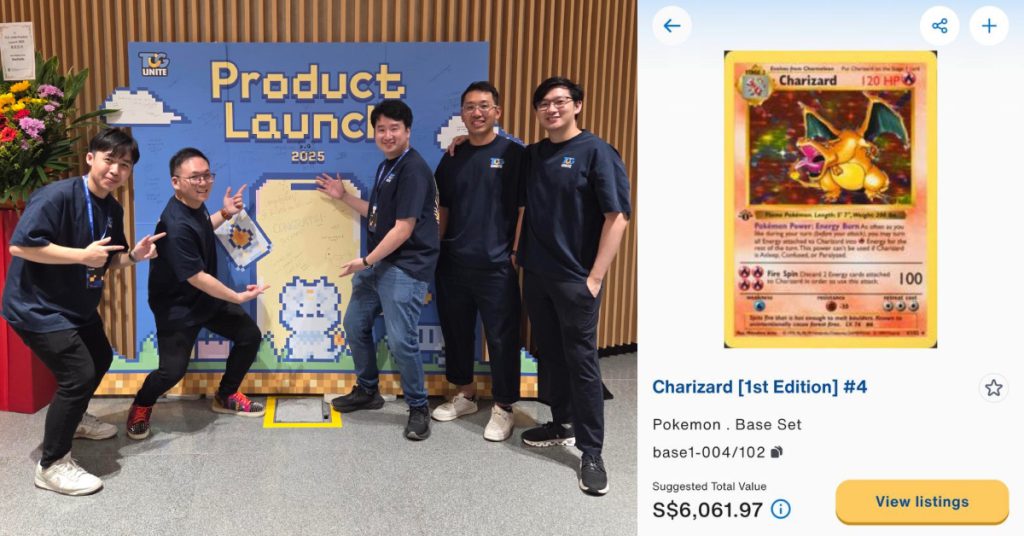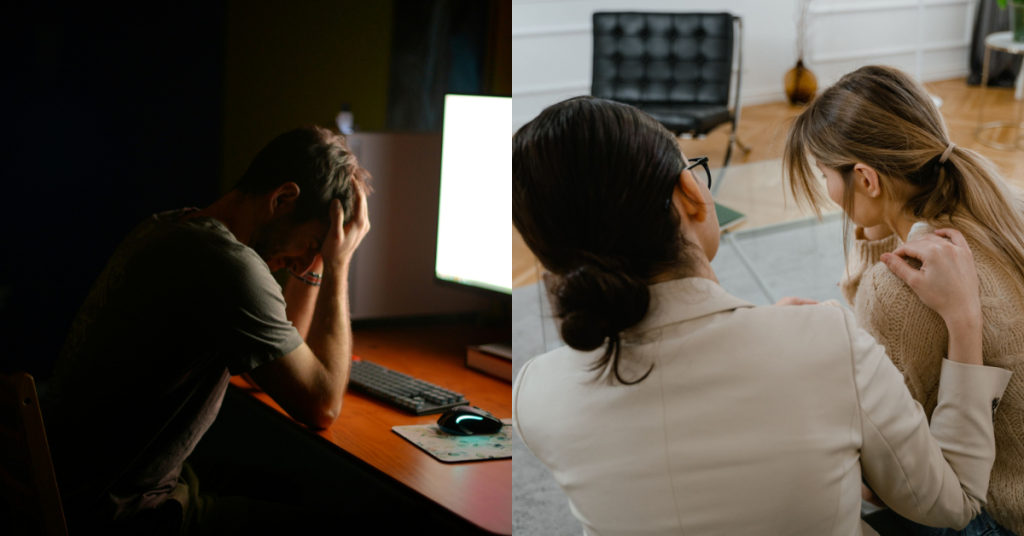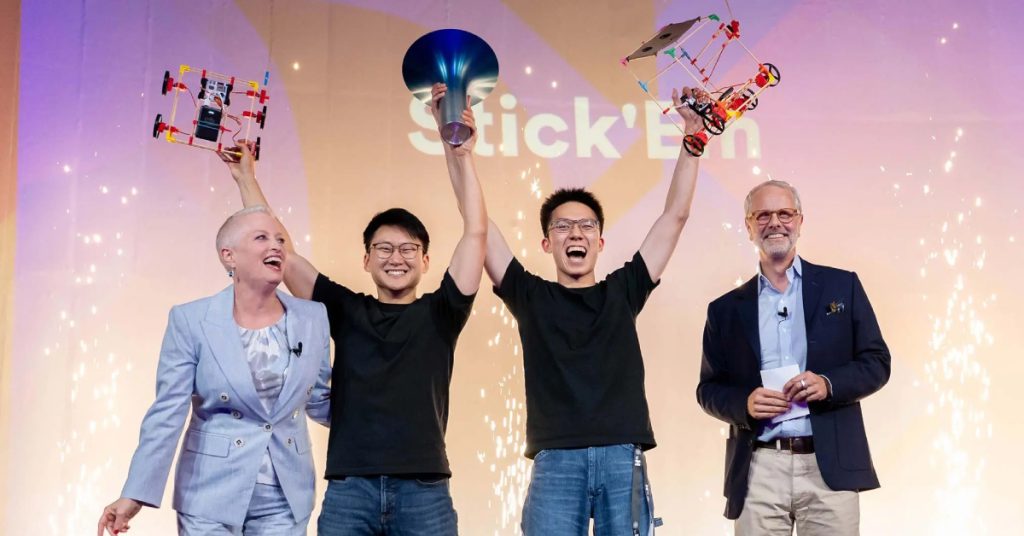Food is an obsession in Singapore, and eating is a national pastime. So it’s no surprise that when it comes to gifting, the go-to answer is almost always edible: kaya jam, bakkwa, or a box of pineapple tarts.
But 25-year-old Gabriel Khoo saw an opportunity to offer something different, a souvenir that wasn’t perishable, yet still rooted in local culture.
Inspired by the growing popularity of collectible toys like Pop Mart, he founded Figgy Wiggy, a line of 3D-printed, fidget toys inspired by nostalgic local treats.
“It all just started with a single 3D printer”
Gabriel wasn’t starting from scratch. With a background in product design and having spent over half a decade tinkering with 3D printing, he had long been experimenting with turning digital ideas into tangible objects.
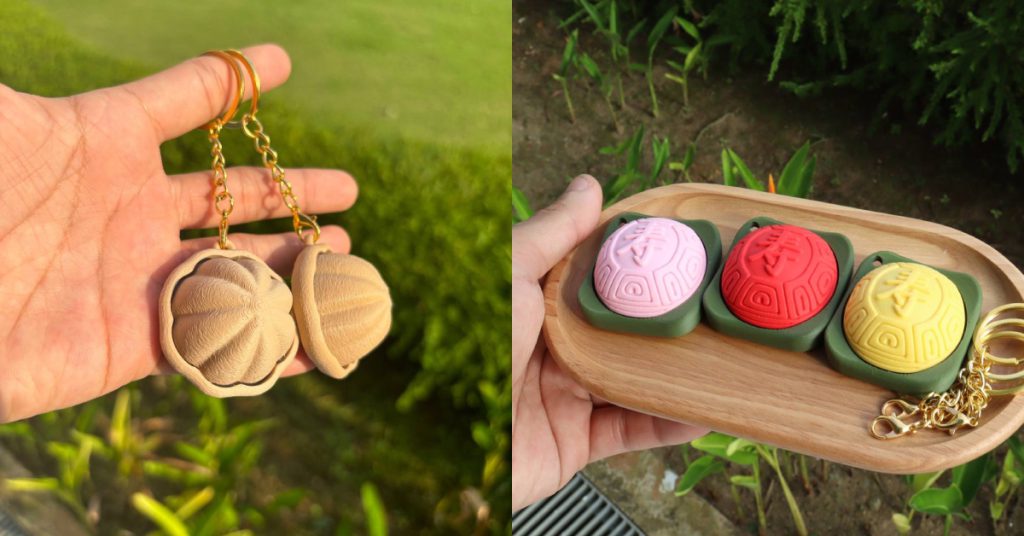
Leveraging that prior experience, Figgy Wiggy was launched in April 2025, just one to two months after conceptualisation.
It all started with just a single 3D printer in my bedroom, which cost just under S$500.
Gabriel Khoo, founder of Figgy Wiggy
Still, Gabriel admitted that he’s still “learning something new every day.” Unlike traditional injection moulding—a manufacturing process for mass producing a wide range of plastic, metal, and other parts—3D printing, he shared, comes with “a lot of quirks.”
“You really need to understand the technical side and physics of printing to fully optimise the designs efficiently.”
In the initial stages, scaling up production while ensuring consistency proved to be a far greater challenge than Gabriel anticipated. It took hundreds of hours of iteration, trial and error, and hard-earned lessons before he finally got the hang of it.
Sold over 15K products
To test the market, Gabriel began with something simple: macarons. At the time, he wasn’t confident that a hyper-local concept would appeal to a wide enough audience.
But he soon realised that if he wanted to build a brand with a real identity, he needed to carve out a distinct niche.
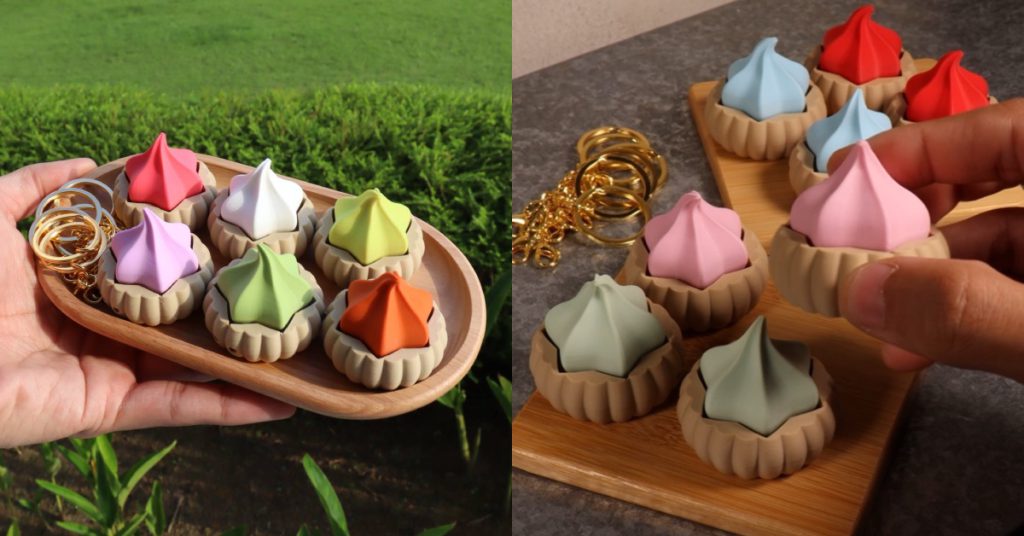
When the brand launched its first locally themed design, the iced gem biscuit fidget toy, Gabriel shared that the brand received over 1,000 orders in just the first weekend. “I didn’t expect that at all. I had to stop taking new orders just to work backwards and fulfil them all.”
From then on, orders continued to trickle in as new designs were released. Social media played a big part, too—the brand went viral on TikTok, with some videos fetching over 100,000 views.
@figggywigggy tell me what you want to see next !! #asmr #3dprinting #singapore
? original sound – figgywiggy – figgywiggy
And to keep up with the demand, Gabriel scaled up quickly, going from one printer to three within a week, and 10 by the end of the month.
“Eventually, I had to move my bed out of my room just to fit everything, turning my room into a mini printing farm. You can even see from the photos, my bed frame is now being used to hold up the printers.”
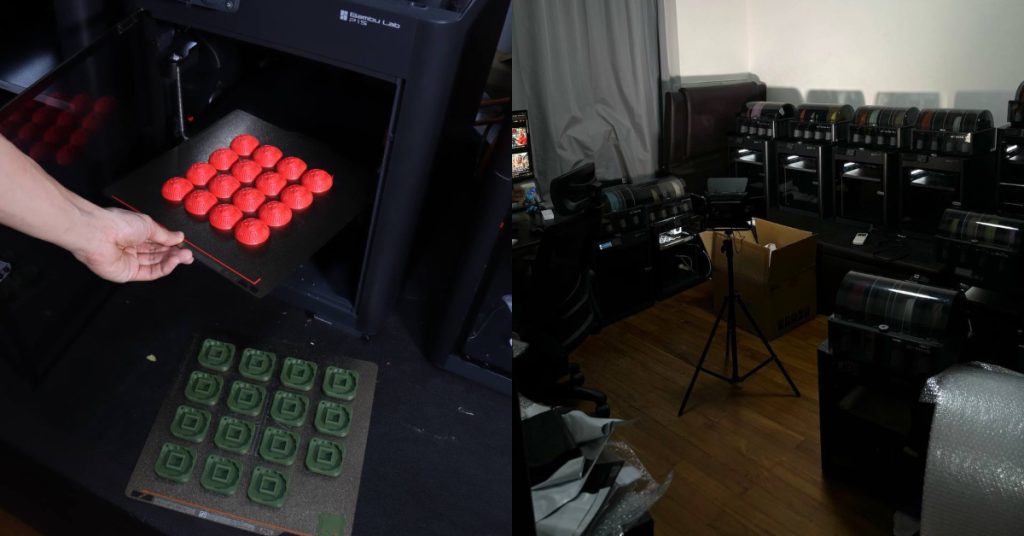
As of July 2025, Figgy Wiggy has sold over 15,000 of its products.
The brand’s growing popularity also caught the attention of the National Gallery Singapore, which recently invited him to create a reinterpretation of the Merlion for Shorelines, a roving public art exhibition held in celebration of SG60.
Beyond that, Gabriel hinted at more exciting developments on the horizon. “We’ve been approached by some big brands in Singapore for possible collaborations,” he said, though details remain under wraps for now.
-//-
Looking back on his journey so far, Gabriel shared that running everything solo has been one of the most challenging parts of the experience.
“As a one-man team, I’ve had to wear every single hat, from designing, producing, and assembling, to creating content, video editing, customer support, understanding business ins and outs and even coordinating logistics.”
Gabriel had little experience in most of these areas, so he had to learn everything on the fly—spending countless hours watching YouTube tutorials, reading books, delivering orders, and even figuring out how to use a DSLR for product photography.
Yet, despite the steep learning curve, Gabriel described the journey as incredibly rewarding. Now, he’s set his sights on growing Figgy Wiggy even further—expanding its product lineup and eventually, growing the brand out of his bedroom into a full-fledged creative studio.
- Find out more about Figgy Wiggy here.
- Read other articles we’ve written on Singaporean businesses here.
Featured Image Credit: Figgy Wiggy


